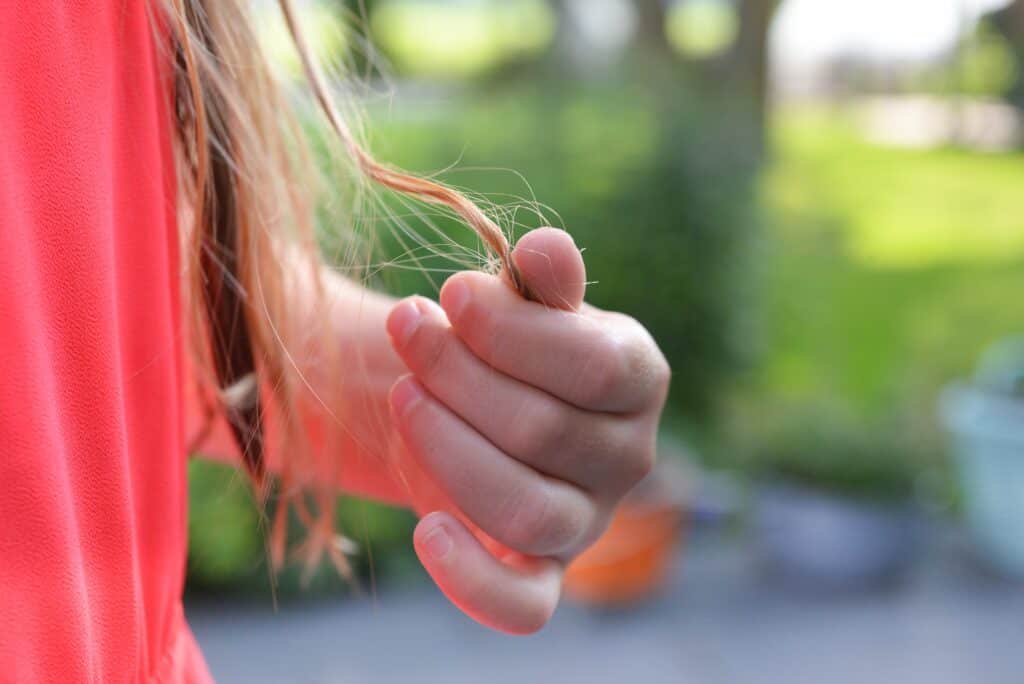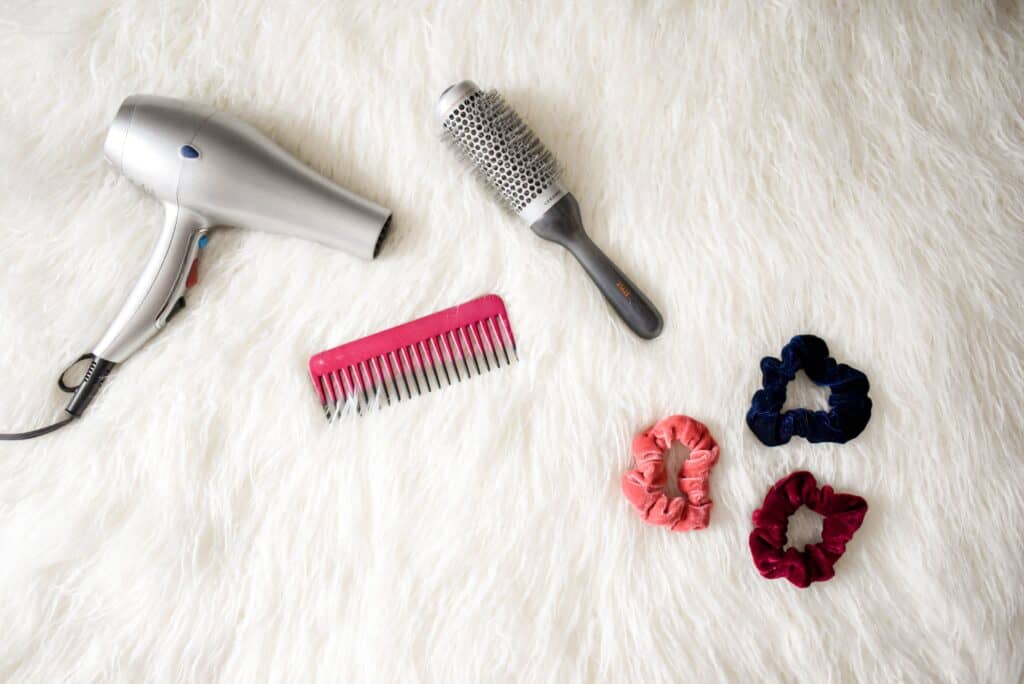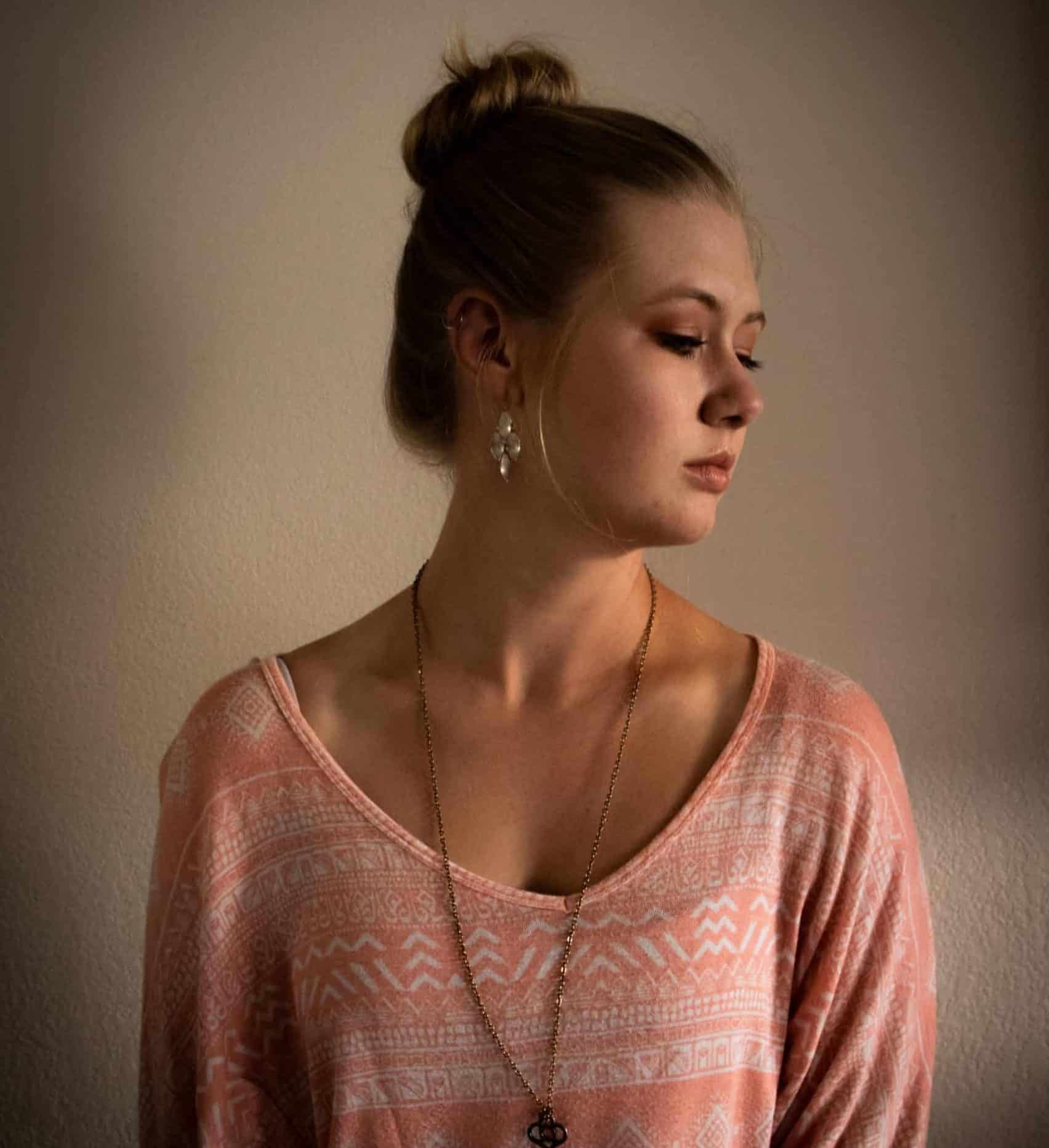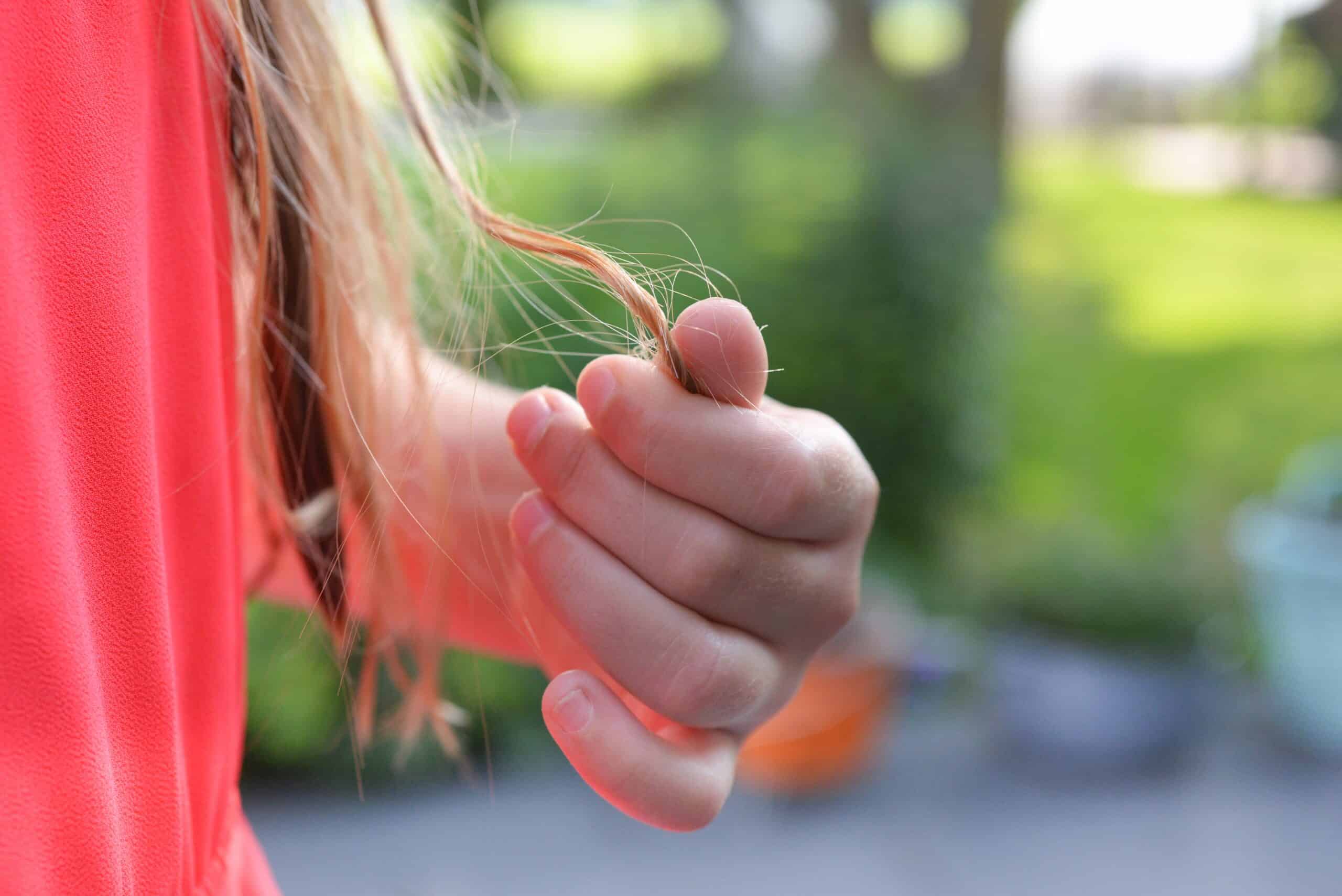Does Hair Change Every 7 Years? Separating Fact from Fiction
Does Hair Change Every 7 Years? Separating Fact from Fiction
As a hairstylist, I am often asked about the 7-year hair cycle and whether or not hair changes every 7 years. There is a common belief that our hair goes through significant changes in texture, thickness, and color approximately every 7 years.

In this article, I will explore the truth behind this belief and explain the changes that occur during the 7-year hair cycle, the different stages of hair growth, how often hair texture changes, and how our hair changes as we get older.
Does your Hair Change Every 7 Years?
Contrary to popular belief, there is no scientific evidence to support the idea that our hair changes every 7 years. This misconception likely stems from the fact that our bodies go through various cycles and changes over time.
However, hair growth and changes in hair texture are influenced by a variety of factors such as genetics, hormonal fluctuations, overall health, and hair care practices.
It is important to understand that these changes can occur at any age, and the 7-year cycle is not a scientifically proven concept.
What Changes about your Hair during the 7-Year Cycle?
While there may not be a specific 7-year hair cycle, it is true that our hair goes through various changes throughout our lives.
Some of the changes that can occur over time include changes in-
- Texture
- Thickness
- Color
These changes are a result of multiple factors, including –
👉 Genetics
👉 Hormonal fluctuations
👉 Lifestyle habits
What is the “7-Year Hair Cycle”?
👉 Aging

The term “7-year hair cycle” refers to the belief that our hair goes through various stages of growth and shedding over a period of approximately 7 years.
However, it’s important to note that this is not a scientifically proven phenomenon.
The hair growth cycle is a continuous process that occurs on a regular basis, with individual hair follicles going through cycles of growth, rest, and shedding- which is scientific.
During this time the each hair follicle goes through the anagen, catagen, and telogen phases. We’ll discuss them below.
Each hair follicle operates independently, so different hairs on our scalp may be at different stages of the growth cycle at any given time.
How Many Hair Growth Stages are There?
The hair growth cycle consists of three main phases the –
👏 Anagen
👏 Catagen
👏 Telogen
- Anagen Phase
The anagen phase, also known as the growth phase, is the active period of hair growth. During this stage, the hair follicles produce new cells, and the hair shaft grows longer. On average, the hair stays in the anagen phase for about 2 to 7 years, with the duration varying depending on genetics and individual factors. People with a longer anagen phase tend to have longer hair. - Catagen Phase
The catagen phase, also known as the transitional phase, is a short period of time lasting around 2 to 4 weeks. During this phase, the hair follicle shrinks, and the hair stops growing. This is a transitional stage between the anagen and telogen phases. - Telogen Phase
The telogen phase, also known as the resting phase, lasts for a few months. During this stage, the hair follicle remains inactive, and the old hair is shed to make way for new hair growth. It is estimated that around 10 to 15 percent of our hair is in the telogen phase at any given time.

Does Hair Change Every 7 Years – Separating Fact from Fiction
These three stages of the hair growth cycle are ongoing and continuously repeat themselves throughout our lives. Each individual hair strand has its own growth cycle, and it is not synchronized with other hairs on the scalp.
First and foremost, it is essential to clarify that the claim of hair completely changing every 7 years is not supported by scientific research.
Hair growth and characteristics are mainly determined by genetics, which remain relatively stable throughout a person’s life. The belief about a complete hair change stems from a misunderstanding of the hair growth cycle and how it influences hair appearance.
The hair growth cycle consists of three phases -as listed above- anagen (growth phase), catagen (transition phase), and telogen (resting phase).
On average, each hair strand goes through the growth phase for around 2-6 years.
After that, it enters the transition phase lasting about 2-3 weeks, followed by the resting phase of approximately 3 months.
During the telogen phase, the hair strand falls out, and a new one begins to grow in its place.
Although the hair growth cycle is continuous, it does not mean that all the hair on your scalp is in the same phase simultaneously.
Instead, individual hair strands are at different phases of the cycle at any given time, creating the appearance of a constant state of growth. This means that while some hair is actively growing, other strands are shedding and being replaced.
While it is true that as we age, our hair may go through natural changes due to hormonal shifts, these changes occur gradually over time rather than abruptly every 7 years. Hormonal fluctuations, such as those experienced during puberty, pregnancy, and menopause, can influence hair growth and texture. However, these changes are not tied to a specific timeframe and vary among individuals.
It is also worth mentioning that hair characteristics, such as color, texture, and thickness, are primarily determined by genetics and influenced by factors like ethnicity and overall health.
Although environmental factors, styling practices, and chemical treatments can affect hair health and appearance, they do not alter the genetic blueprint of your hair.
The Facts of Every 7 years
While the belief in a complete hair change every 7 years lacks scientific basis, there are other fascinating physiological processes that occur approximately every 7 years in the human body.
One of these notable changes is the regeneration of skin cells. The outermost layer of our skin, called the epidermis, renews itself approximately every 28 days. Over the course of seven years, our skin has fully regenerated itself multiple times, resulting in a fresher and healthier appearance.
In addition to skin cell regeneration, our body undergoes various shifts and changes over a seven-year period. Bone cells are constantly being broken down and rebuilt by a process called remodeling, which typically takes about seven years for a complete turnover. This means that our entire skeletal system is essentially renewed within this timeframe.
Other physiological changes that occur every seven years include the turnover of red blood cells, the production of new skin and muscle cells, and changes in the liver, which can regenerate itself to a certain extent.
However, it is crucial to note that these processes happen gradually and continuously, rather than abruptly at the seven-year mark.

How Often Does Hair Texture Change?
Hair texture change is a natural occurrence that can happen to anyone at any age.
While it may not be directly related to a specific time frame, hormonal changes, aging, and lifestyle factors can contribute to changes in hair texture.
Hormonal fluctuations, such as those experienced during puberty, pregnancy, and menopause, can cause temporary or permanent changes in hair texture.
Additionally, lifestyle factors such as heat styling, chemical treatments, and hair care practices can also influence the texture of our hair.
❌ Excessive use of heat styling tools
❌ Frequent hair coloring
❌ Chemical treatments
❌ Improper hair care practices
All of these above can damage the hair shaft, leading to changes in texture, including dryness, brittleness, and frizz.
Does Your Hair Change as You Get Older?
Yes, our hair does go through changes as we get older. Aging affects our hair in various ways, including changes in texture, density, and color.
Changes in your Hair in your 20s, 30s, & 40s
Here’s how our hair changes during different stages of adulthood.
Changes in your Hair in your 20s
In your 20s, your hair is typically at its peak in terms of hair density and health. This is when the hair growth cycle is usually strong, and people tend to have thicker, fuller hair.
However, certain lifestyle factors such as stress, poor diet, and excessive hair styling can negatively impact the health of your hair, leading to issues like hair loss or thinning.
Changes in your Hair in your 30s
During your 30s, hormonal fluctuations become more common, particularly for women. These fluctuations can lead to changes in hair texture, including increased dryness or oiliness, and even hair loss.
Additionally, the scalp’s natural oil production may alter, causing the hair to appear greasier or drier than before. This is also the time when signs of aging, such as gray hair, may start to appear.
Changes in your Hair in your 40s
In your 40s, the hair growth cycle begins to slow down, resulting in a decrease in hair density.
Hormonal changes, particularly during perimenopause and menopause, can lead to significant changes in hair texture and density. The decrease in estrogen levels can make the hair thinner, drier, and more prone to breakage.
Additionally, gray hair becomes more noticeable as the production of melanin, the pigment responsible for hair color, decreases.
While these changes are common during different stages of adulthood, it is important to note that they can vary from person to person. Genetics, lifestyle factors, and overall health play a significant role in determining the extent of these changes.

Conclusion to Does Your Hair Change Every 7 Years? Separating Fact from Fiction
While the belief in a 7-year hair cycle may be widespread, there is no scientific evidence to support the idea that our hair changes every 7 years.
However, it is true that our hair goes through various changes over time, including alterations in texture, thickness, and color.
These changes are influenced by a variety of factors such as genetics, hormonal fluctuations, aging, and lifestyle habits.
Understanding these factors can help us take better care of our hair and address any concerns that arise at different stages of our lives. Always consult with a professional hairstylist for personalized advice and treatments tailored to your unique needs.
Related Articles to Does Your Hair Change Every 7 Years? Separating Fact from Fiction
25 Best Hair Growth Ingredients – DIY at Home Remedies
Does Your Hair Change as You Get Older? How and What you Need to Know
How Often to Get a Haircut – Men – Explained by a Barber
Nioxin 1 vs 2 – Tips from a Hairstylist
15 Tips for Overcoming Bad Haircut Anxiety
16 Sensory Haircut Solutions for Kids, Adults, Autism & Barbers
19 Ways to Protect Hair From Cold Weather
What to Eat to Stop Hair Fall Immediately – 40 Tips from a Hairstylist

